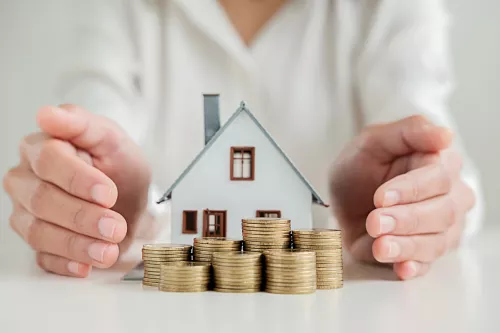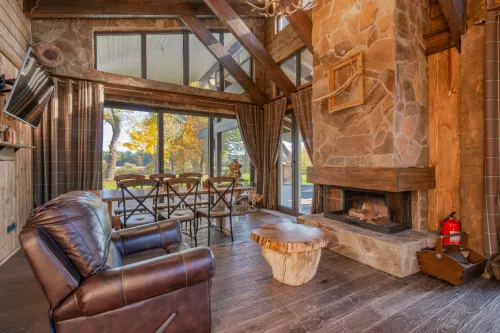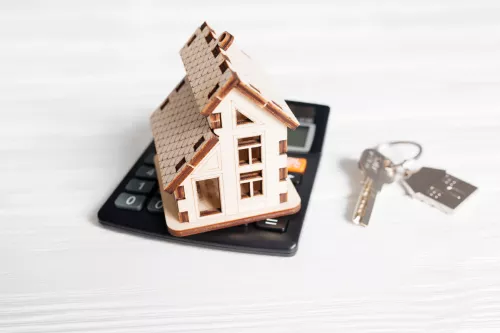Apartment gardening transforms even the smallest urban spaces into lush sanctuaries, proving that lack of space is no barrier to creating a vibrant oasis right in your living room or balcony. It's an enriching endeavor that not only beautifies your living area but also enhances your well-being, purifies the air, and can even supply your kitchen with fresh produce.
With careful consideration of factors like sunlight exposure and container weight, anyone can start with a few pots and gradually nurture a thriving green space. This practice embodies the essence of bringing nature into our homes, offering a peaceful retreat from the urban hustle and enriching our lives with the simple joy of growing plants.
Can I Make a Garden in My Apartment?
Absolutely, you can cultivate a thriving vegetable garden within your apartment by selecting compact varieties ideal for container gardening, such as cherry tomatoes, lettuce, peppers, and herbs like basil.
These plants can flourish in your living space, whether on a sunny balcony or a kitchen counter, as long as they receive six to eight hours of direct sunlight daily and are cared for properly. Apartment gardening leverages the space available to you, integrating greenery seamlessly into your home environment.
The success of your indoor garden hinges on choosing plants that adapt well to your specific light, temperature, and spatial conditions, allowing you to enjoy the bounty of fresh produce right from your apartment.
What to Plant for Outdoor Apartment Gardens
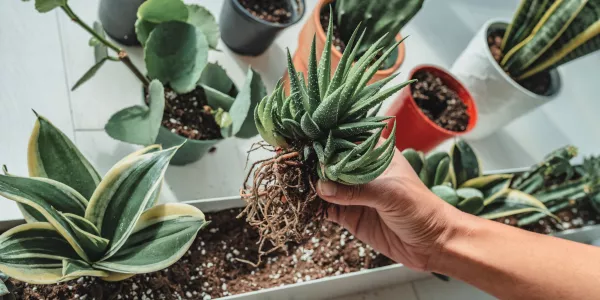
For limited outdoor areas, opt for dwarf or patio varieties of plants that thrive in small containers, including fruit bushes and compact trees. Utilize vertical space by planting climbers like beans, cucumbers, and peas in pots along railings.
On sunny balconies, try potted vegetables such as tomatoes and lettuce, and use multi-level planters for strawberries. Enhance vertical areas further with hanging baskets featuring cascading flowers and tumbling tomatoes.
Cherry Tomatoes
Compact and productive, perfect for hanging baskets or containers. Tomato plants, despite their potential to become sizable and weighty, flourish in pots. They thrive optimally in containers with a minimum diameter of 14 inches, though bigger is preferable. Patio varieties are well-suited for hanging baskets. It's important to select a dwarf or determinate tomato variety for the best results.
Lettuce
Ideal for shallow containers, lettuce is a great choice! Cultivate fresh mesclun on a sunlit balcony using just a couple of window boxes, thanks to its shallow roots. There are numerous varieties to choose from, all easy to grow.
Ensure the soil stays moist during germination, and when harvesting, snip the leaves rather than pulling. With proper care, your lettuce will continue to yield until the peak of summer heat. Remember, lettuce thrives best with plenty of sunlight.
Herbs (Basil, Mint, Cilantro)
Thrive in smaller pots, herbs rank as some of the simplest plants to grow in an apartment garden and are great for culinary uses. Consider cultivating basil for making pesto, chives to enhance salads and main dishes, mint to add a fresh touch to your evening drinks, and oregano to season your preferred pasta recipes.
Strawberries
Suitable for hanging baskets or vertical gardens, a strawberry window box is not only visually appealing but also yields tasty fruit. To ensure optimal fruit production, strawberry plants require a minimum of six hours of sunlight daily and soil that is kept moist without becoming waterlogged.
Peppers (Bell, Chili)
Compact varieties do well in pots, if you're a fan of spicy flavors, hot peppers are excellent for pot cultivation and can produce fruit throughout the year. Sweet peppers can also be grown in containers, although they generally don't perform as well as their hotter counterparts.
Radishes
Radishes are perfect for outdoor apartment gardening, known for their rapid growth and minimal space requirements. They can thrive in small containers, making them suitable for balconies or patios with limited area. Radishes need good sunlight and well-drained soil but are otherwise undemanding, often ready to harvest within just a few weeks of planting.
Green Onions
Green onions are a fantastic addition to outdoor apartment gardens due to their minimal space requirements and ease of growth. They can be cultivated in small pots or containers, making them ideal for balconies or patios with limited space. Green onions prefer well-drained soil and ample sunlight but can tolerate partial shade.
Dwarf Carrots
Dwarf carrots are an excellent choice for outdoor apartment gardening, especially for those with limited space. These compact varieties are well-suited for container gardening, requiring less depth than traditional carrot types. Dwarf carrots can thrive on balconies or patios, as long as they receive adequate sunlight and are planted in well-draining soil.
Flowering Plants (Marigolds, Petunias)
Add color and can deter pests, making them great companions for vegetables. Flowering plants can transform outdoor apartment spaces, such as balconies or patios, into vibrant, colorful retreats.
Ideal for container gardening, options like petunias, marigolds, and geraniums offer long-lasting blooms and are relatively low-maintenance. These plants can thrive in various light conditions, from full sun to partial shade, making them versatile for different outdoor settings.
What Plants Can You Grow Indoors in an Apartment?
There's a wide array of indoor plants suitable for apartment gardening, catering to both experienced gardeners and novices alike. Regardless of your gardening expertise, you're sure to find a plant that suits your needs. Low-maintenance houseplants like snake plants, pothos, and spider plants are excellent choices for beginners.
They require minimal care and can thrive in low-light conditions. If you're interested in edible plants, herbs like rosemary, thyme, and oregano can grow well on sunny windowsills. For those looking to purify the air, consider adding a peace lily or aloe vera to your indoor garden.
Snake plants
The Snake Plant, also known as Sansevieria, is an ideal choice for indoor apartment gardening due to its resilience and low maintenance requirements. This striking plant is known for its upright, sword-shaped leaves, which feature intriguing variegated patterns.
One of the most compelling qualities of the Snake Plant is its ability to thrive in a range of lighting conditions, from low light to direct sunlight, making it suitable for various indoor environments.
Spider plants
Spider plants (Chlorophytum comosum) are popular indoor plants for apartments due to their adaptability and easy care. Known for their arching green leaves and baby plantlets that dangle from the mother plant like spiders on a web, they add a playful and lush feel to any space.
Spider plants are tolerant of a wide range of lighting conditions, thriving in indirect sunlight and even in less lit areas, making them suitable for various spots within an apartment. They're also known for their air-purifying qualities, helping to remove indoor pollutants.
Rosemary
Rosemary is a fragrant, evergreen herb that can thrive indoors in apartments with the right care. It prefers bright light, so placing it near a sunny window is ideal. Rosemary requires well-draining soil and should not be overwatered, as it is more tolerant of dry conditions than overly moist ones.
This herb not only adds a fresh aroma to your living space but can also be used in cooking, offering fresh, flavorful leaves for culinary use.
Peace Lily
The Peace Lily (Spathiphyllum) is a beloved indoor plant for apartments due to its elegant appearance and air-purifying qualities. It features glossy green leaves and striking white blooms, adding a touch of sophistication to any space.
Peace Lilies are relatively low maintenance and thrive in low to medium light, making them suitable for areas away from direct sunlight. They prefer moist soil but are forgiving if occasionally neglected.
Aloe Vera
Aloe Vera is a highly valued indoor plant for apartments, renowned for its medicinal properties and ease of care. This succulent plant is characterized by its thick, fleshy leaves that can store water, allowing it to thrive in dry indoor environments.
Aloe Vera prefers bright, indirect sunlight and requires minimal watering, making it an ideal choice for those seeking low-maintenance plants.
Taking Care of Apartment’s Plants
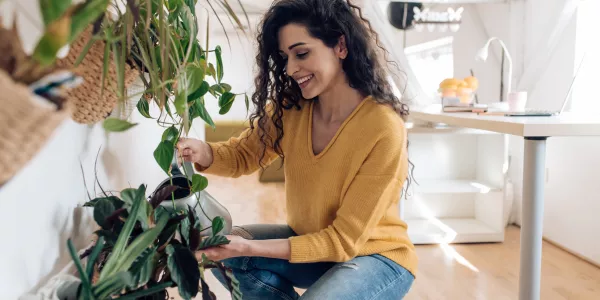
Caring for plants in an apartment setting involves a few key routines to ensure their health and growth:
Hydration
The cornerstone of plant care is regular watering. Container plants may not receive sufficient rainwater and their soil tends to dry out rapidly, particularly as plants mature. A simple method to check moisture levels is to insert your finger about an inch deep into the soil; if it's dry, it's time to water.
Nutrition
Consistent feeding according to the specific needs of each plant is crucial. An easy approach is using a water-soluble fertilizer during watering. Remember to consider if your potting soil already contains fertilizer, as this can extend the time before additional feeding is necessary.
Monitoring
Despite being indoors, plants can still encounter pests and diseases without the natural checks found outdoors. Regularly examine your plants for any signs of distress, such as unusual leaf discoloration or holes, and isolate affected plants to prevent spread.
Harvesting
Familiarize yourself with the optimal harvest times for your plants and don't hesitate to gather your produce when it's ready. Timely harvesting can often encourage plants to yield more.
People also ask
How Do I Start Planting in My Apartment?
The initial step involves evaluating the gardening space at your disposal, be it a balcony, windowsill, or rooftop, and understanding the specific conditions such as sunlight exposure and temperature. This assessment is crucial for selecting appropriate plants. Beginning an apartment garden is more straightforward than it may appear.
Start by examining the space and lighting available to you, then select containers that are a good fit for your area, ensuring they provide sufficient drainage. Opt for a high-quality potting mix that is compatible with the types of plants you wish to cultivate.
It's advisable to start on a smaller scale to keep the garden manageable, allowing you to gradually expand your gardening endeavors as you become more skilled and confident.
Apartment Garden Care: Indoor and Outdoor
Caring for your apartment garden involves regular watering, ensuring adequate light, and occasional fertilization. For outdoor plants, be mindful of weather conditions and move sensitive plants indoors if necessary. Indoor plants may require artificial lighting if natural light is insufficient. Regularly check for pests and diseases, and be proactive in managing them.
What's the Value in Apartment Gardening?
Apartment gardening offers numerous benefits beyond the aesthetic appeal. It can enhance your mental well-being, reduce stress, and even improve air quality.
Growing your own herbs and vegetables can lead to a healthier lifestyle and reduce your carbon footprint. The process of nurturing plants also provides a sense of accomplishment and connection to nature.
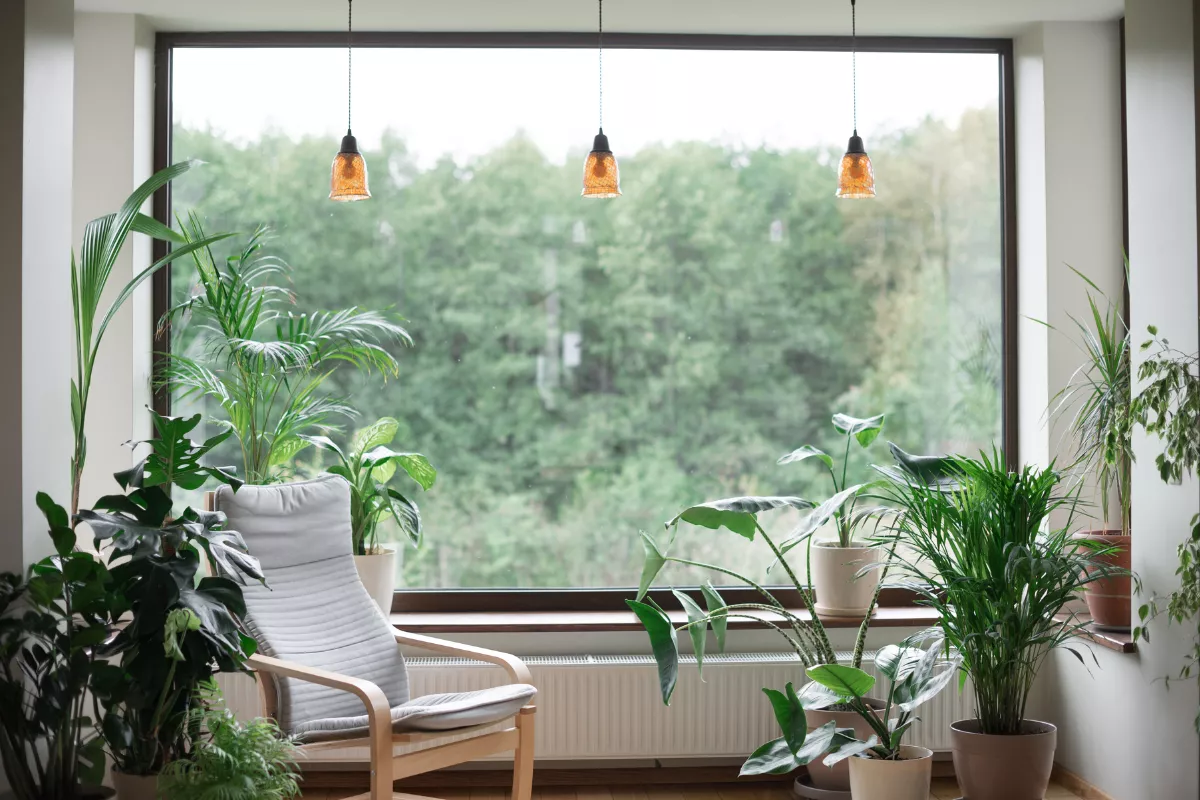
 Marcio Vasconcelos
Marcio Vasconcelos

